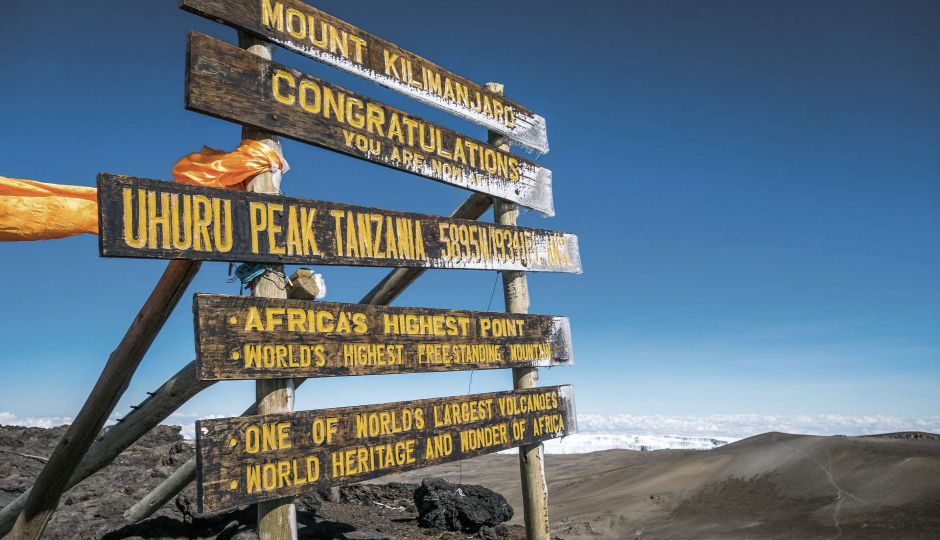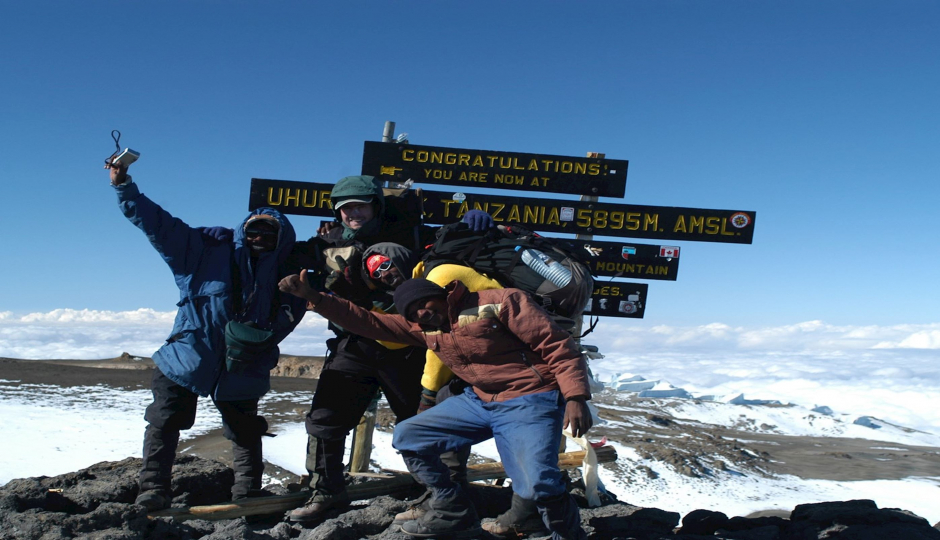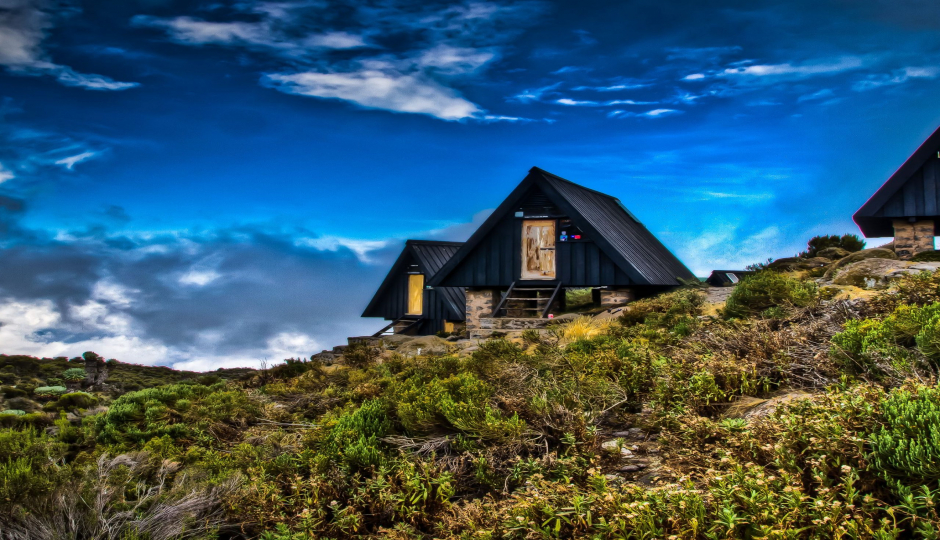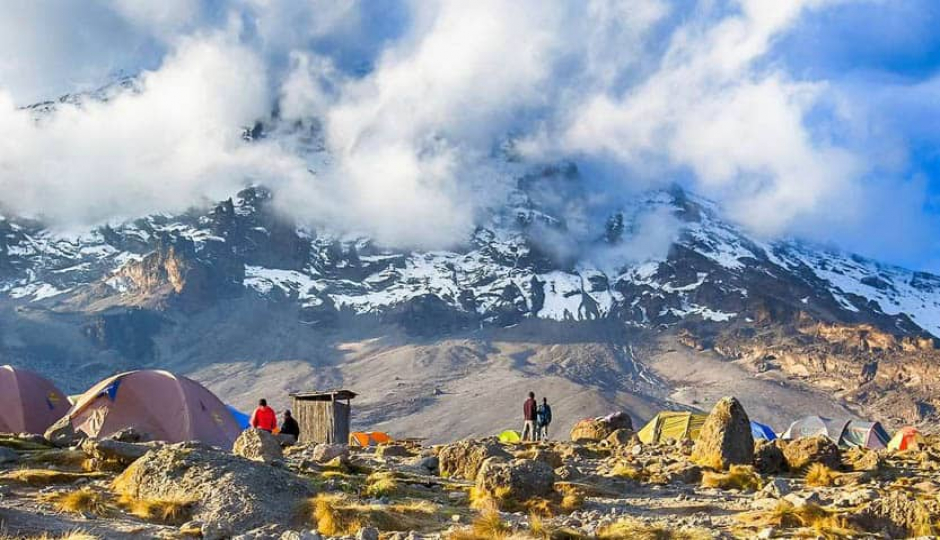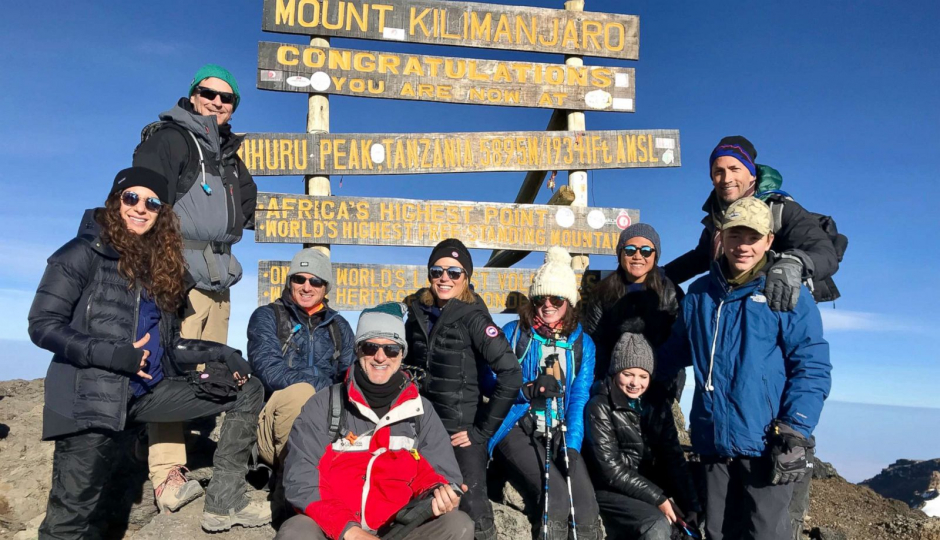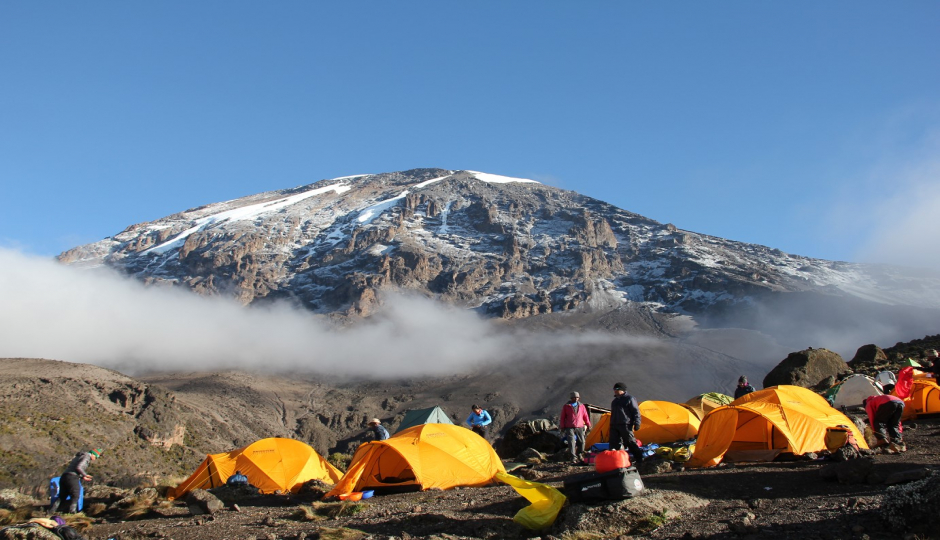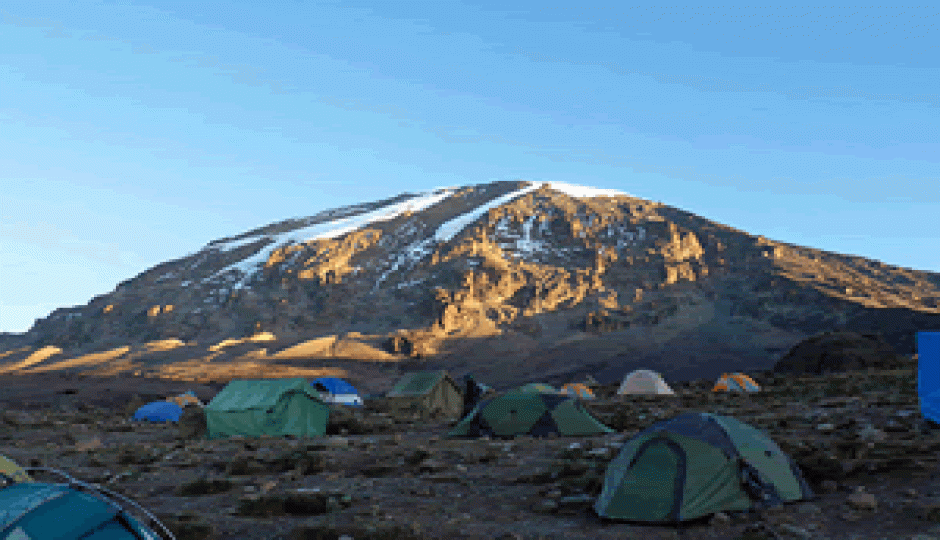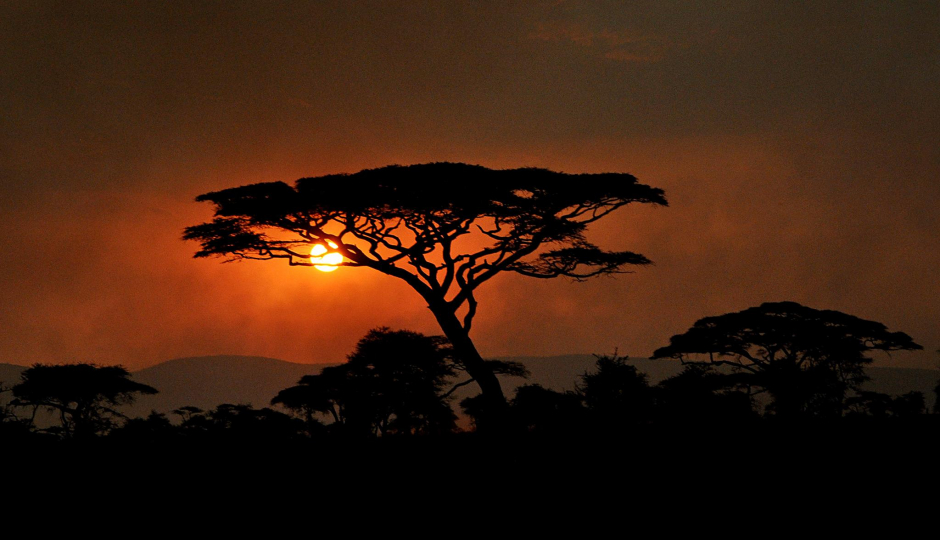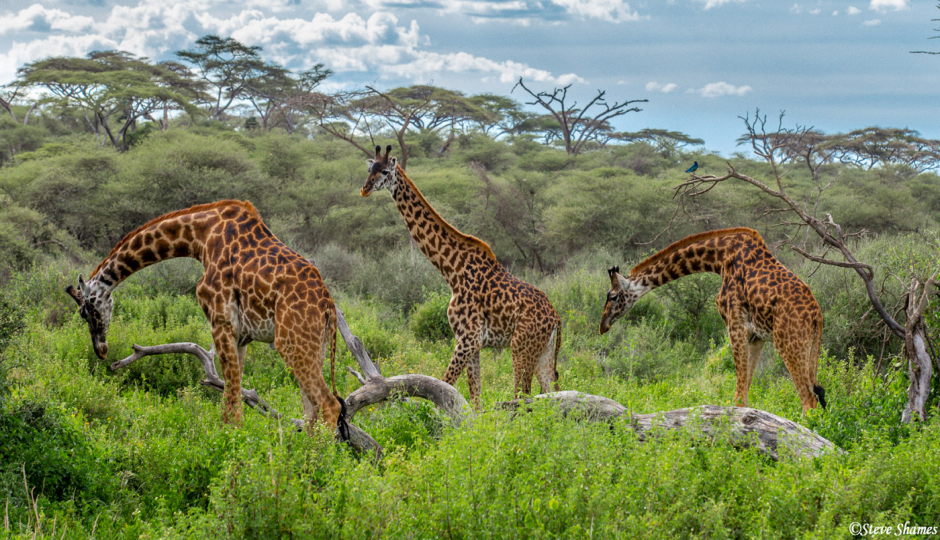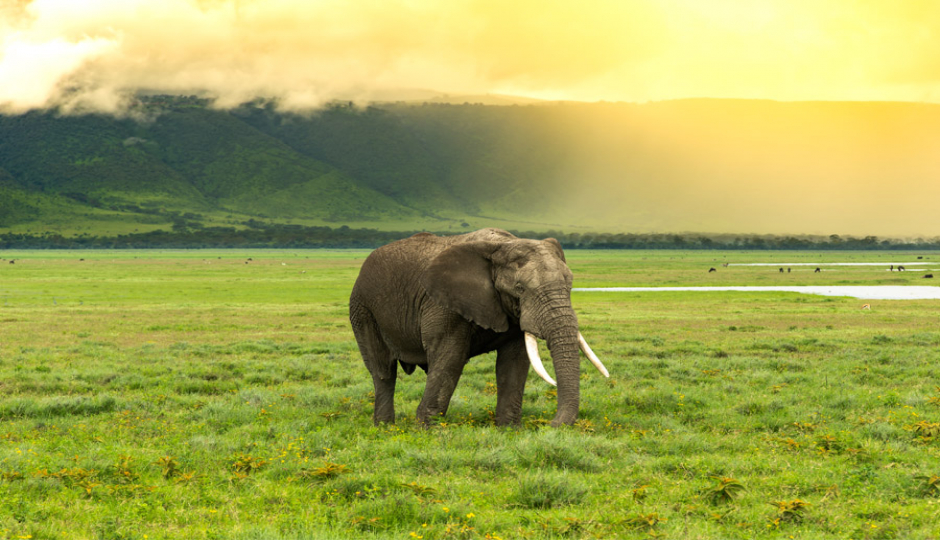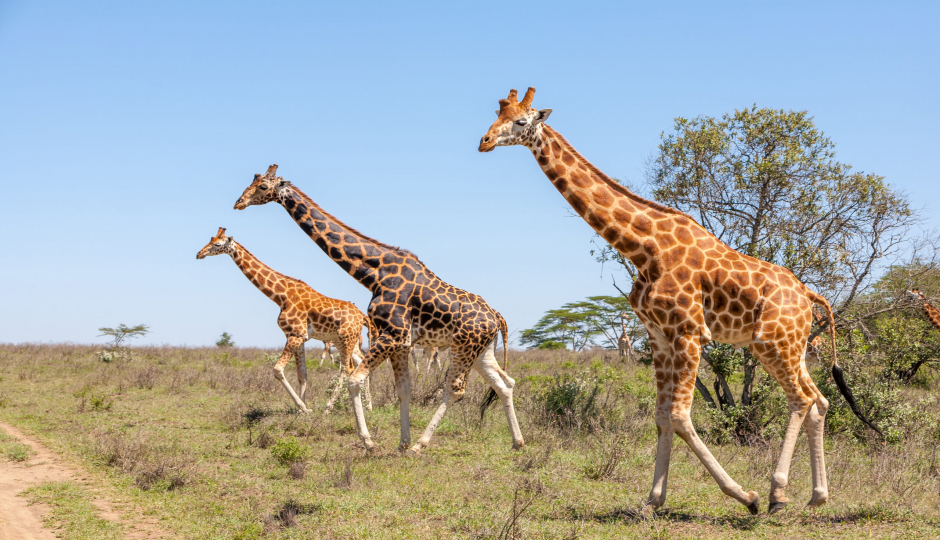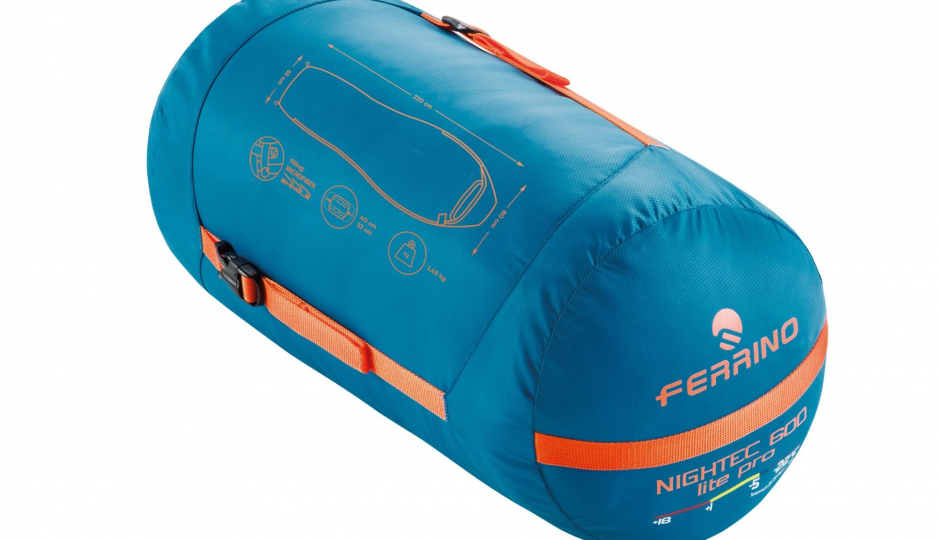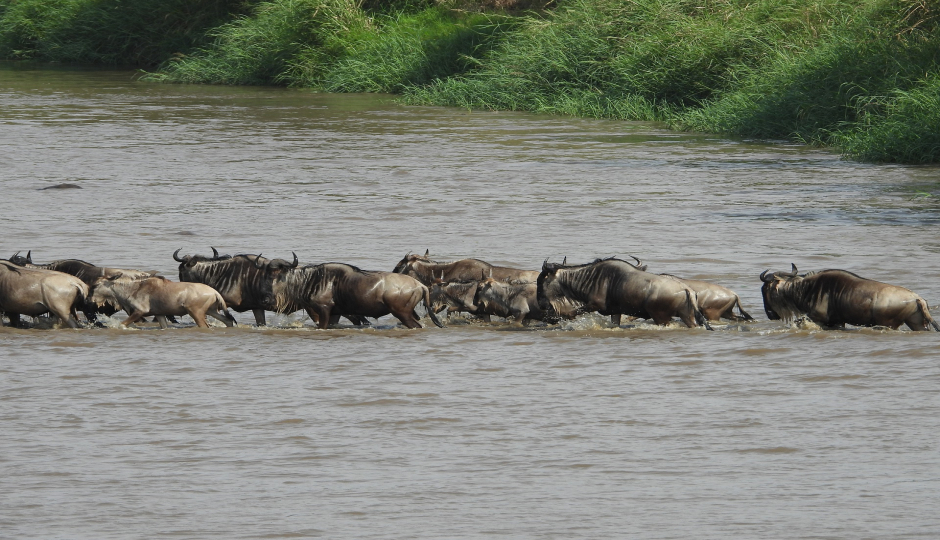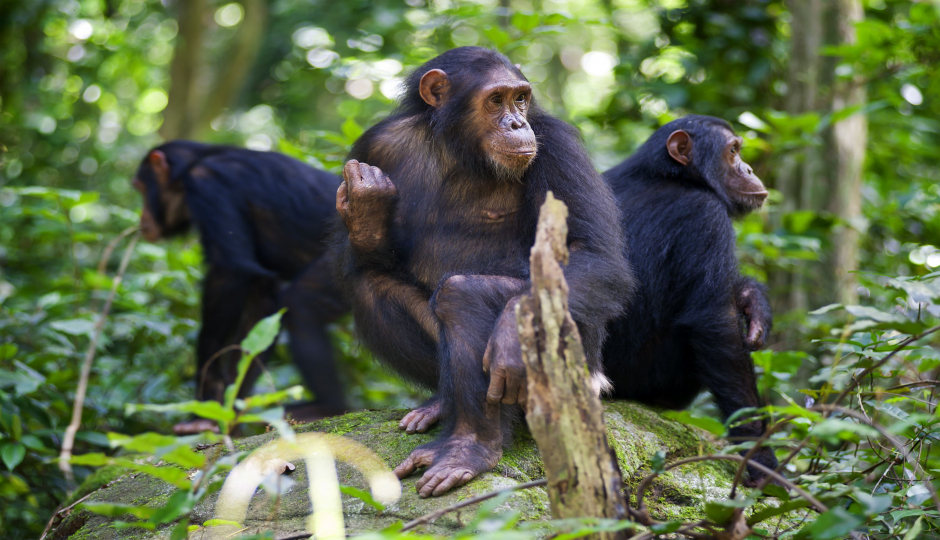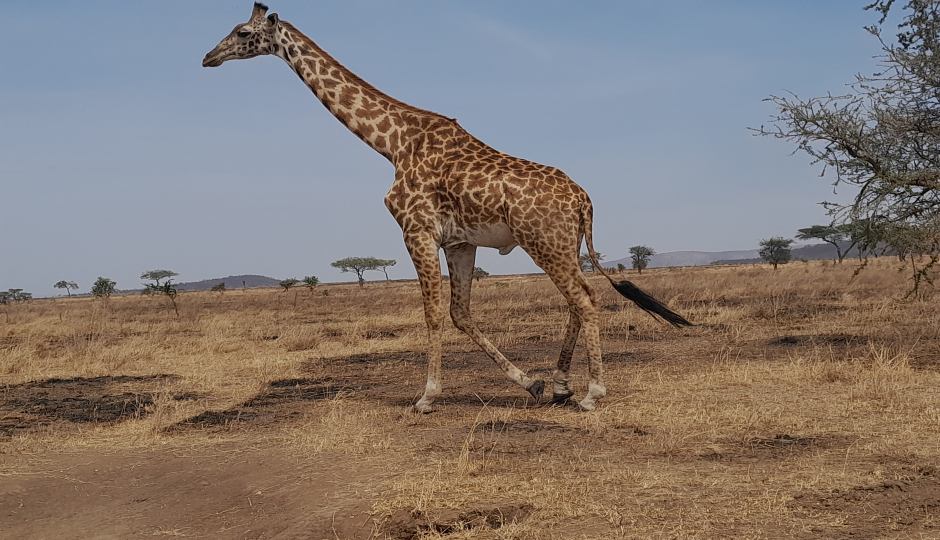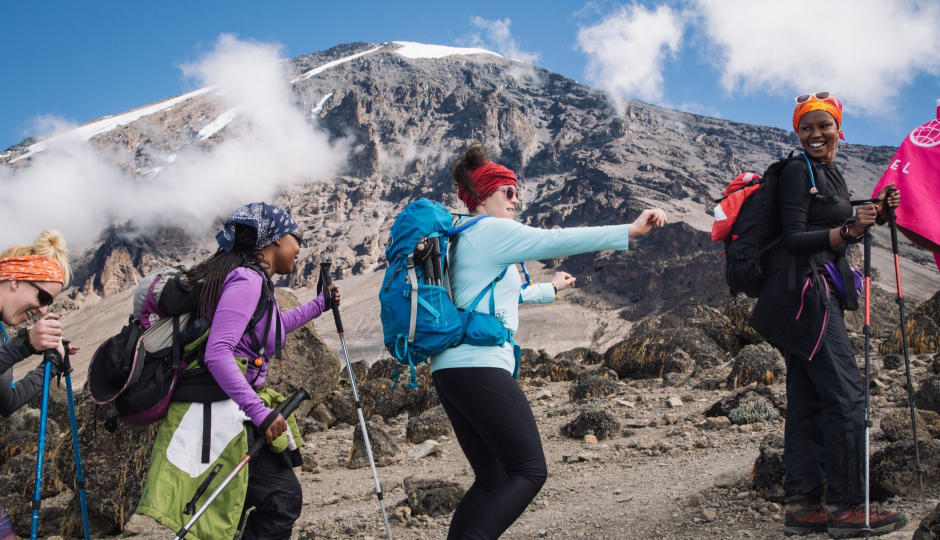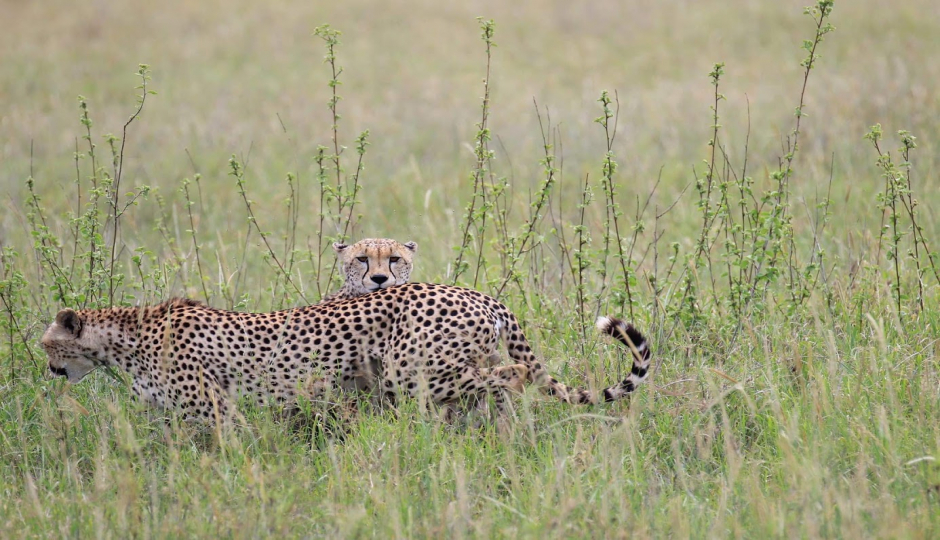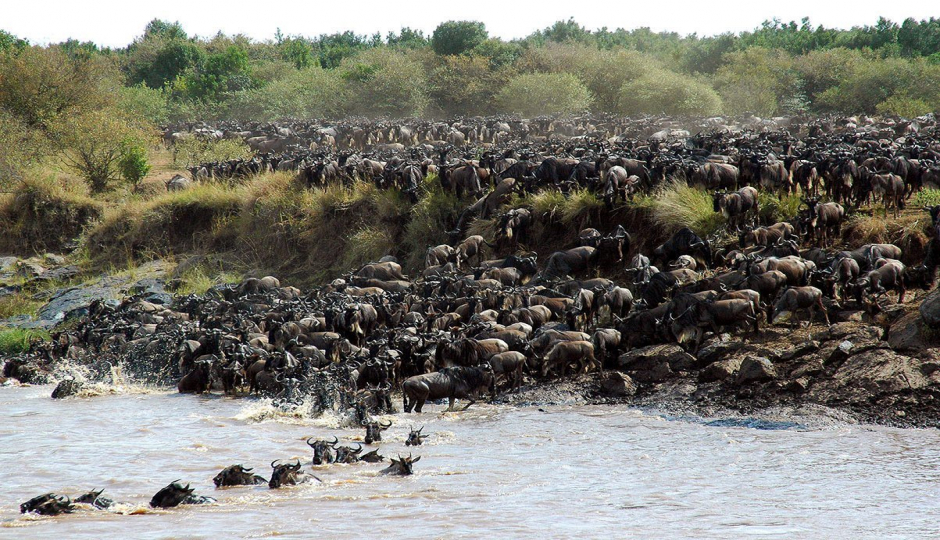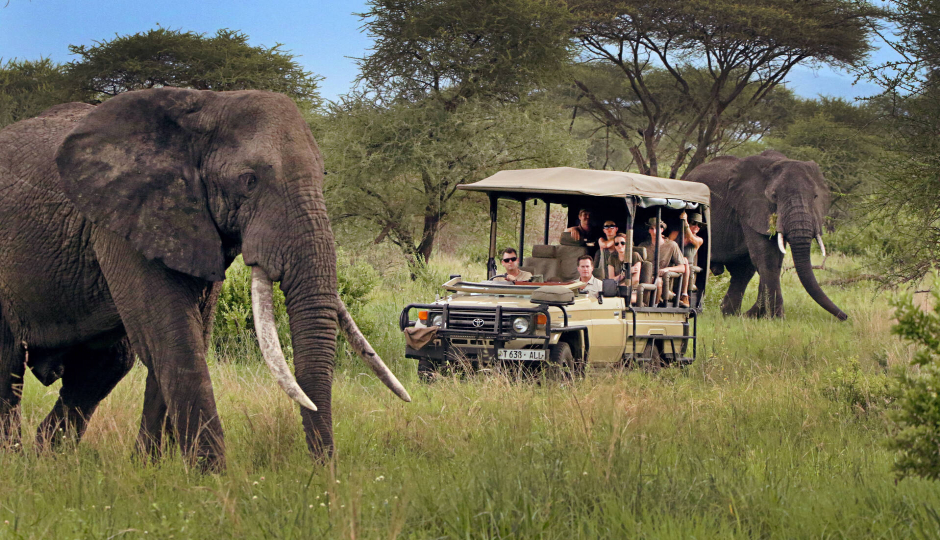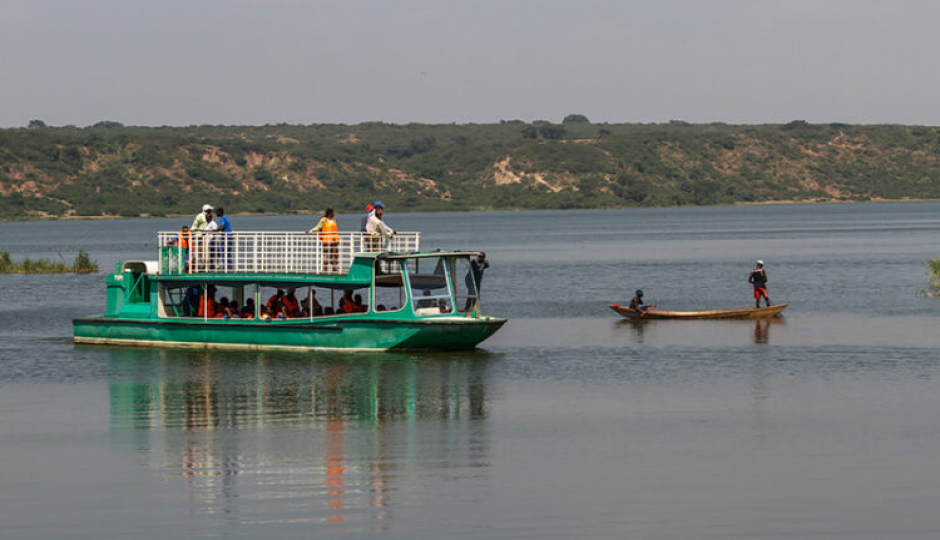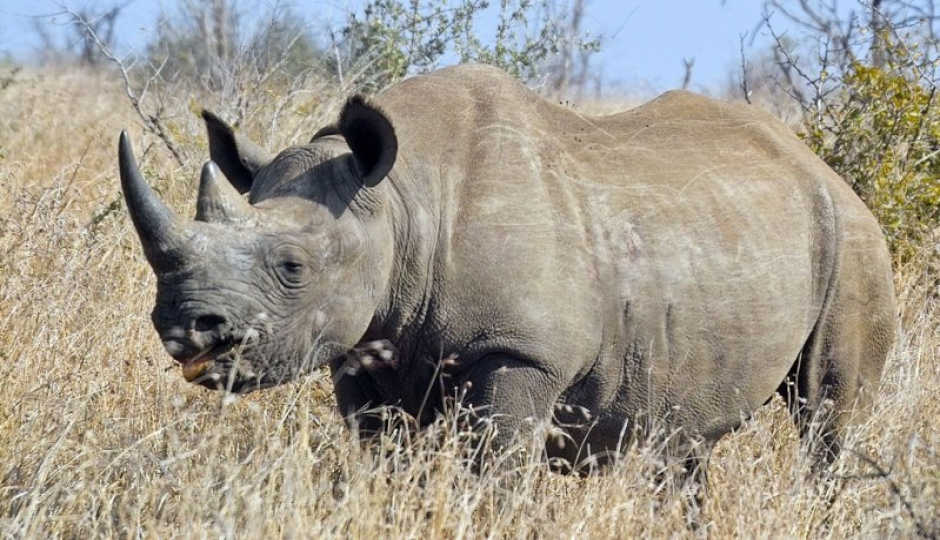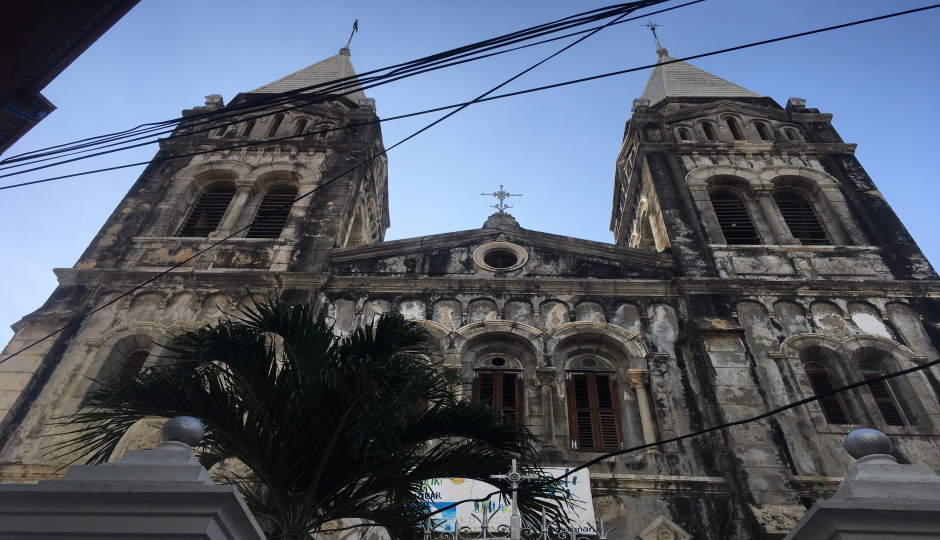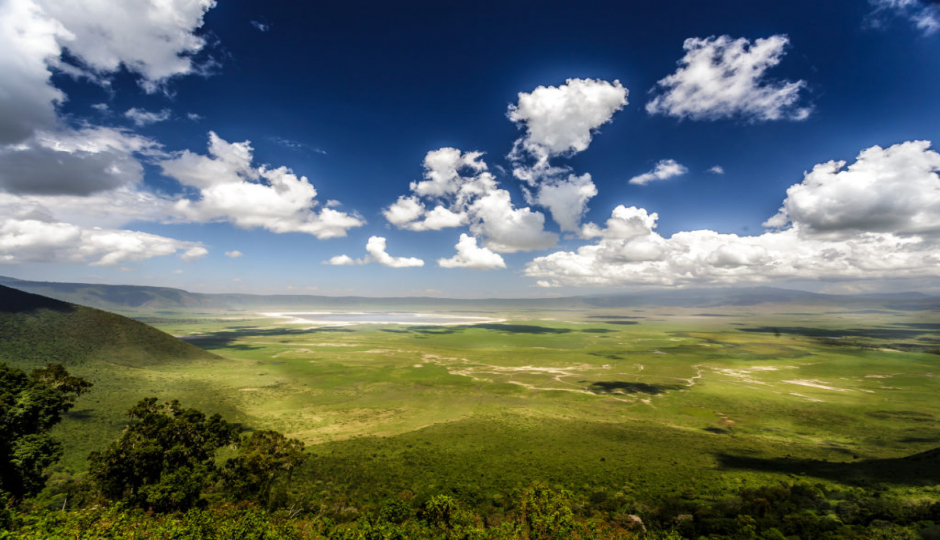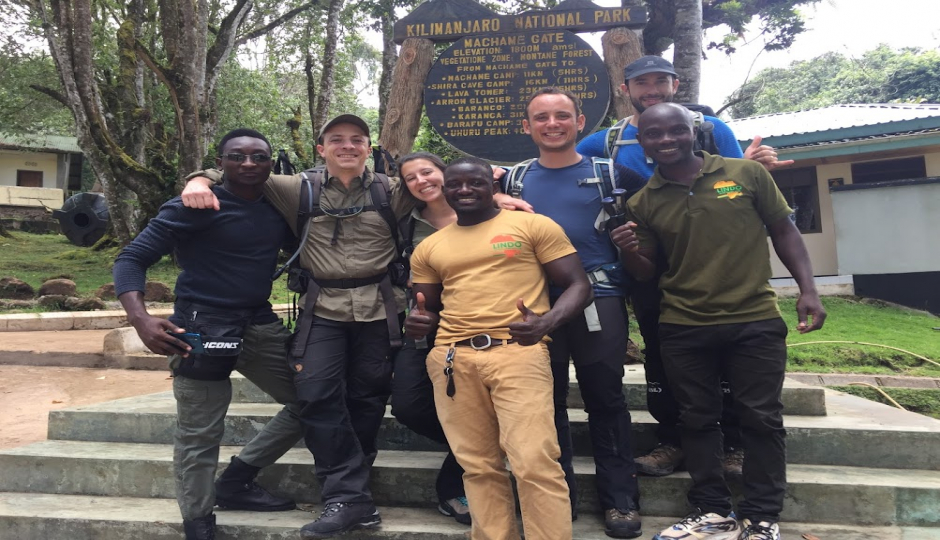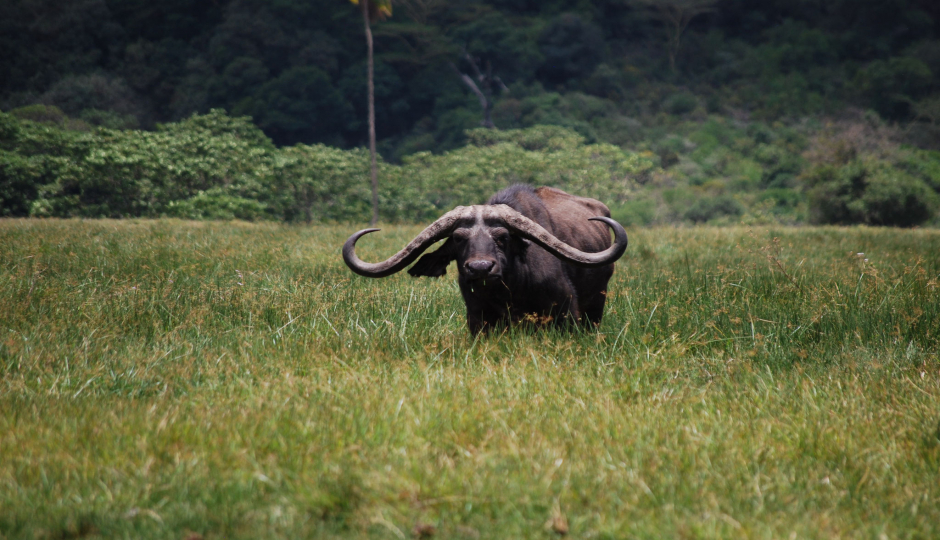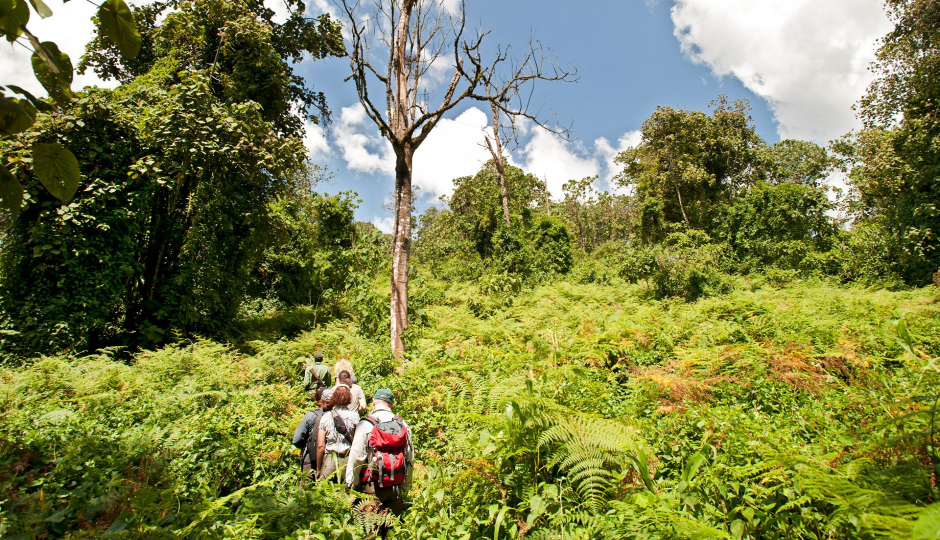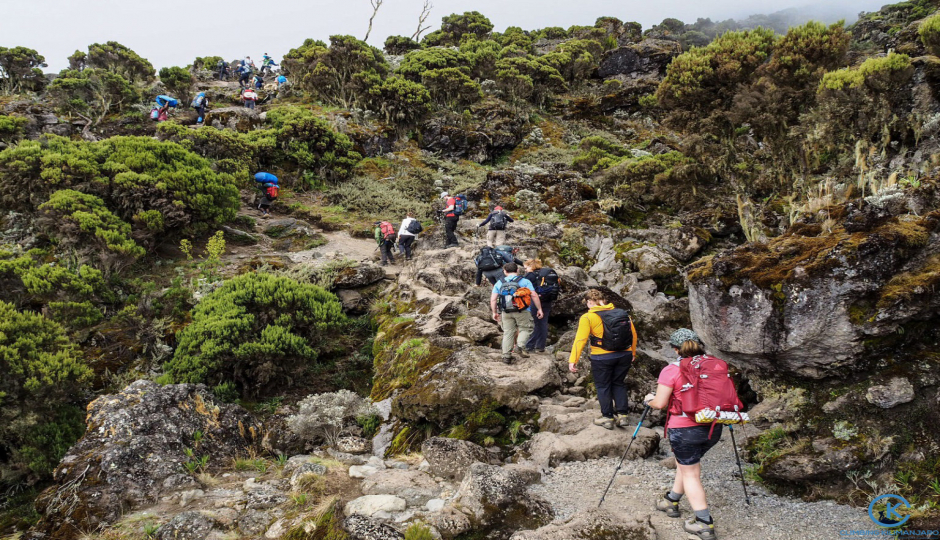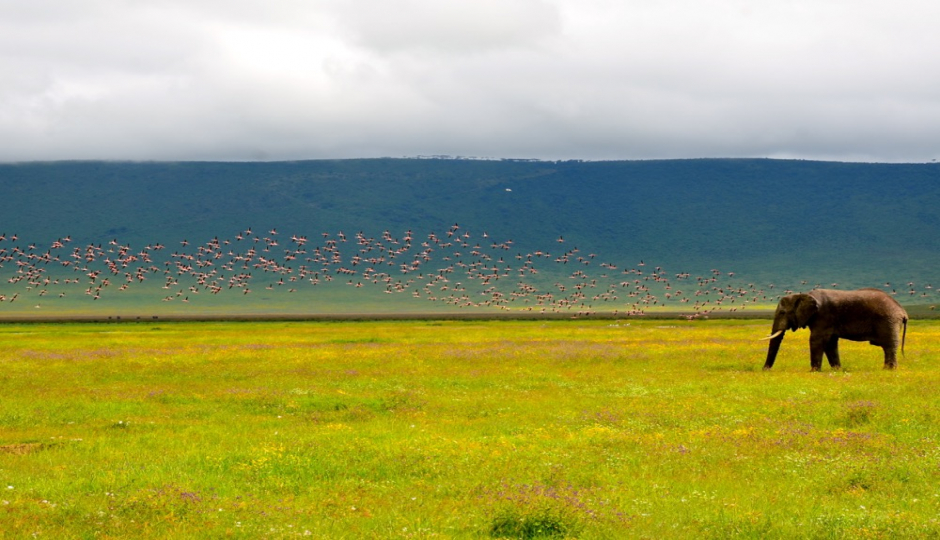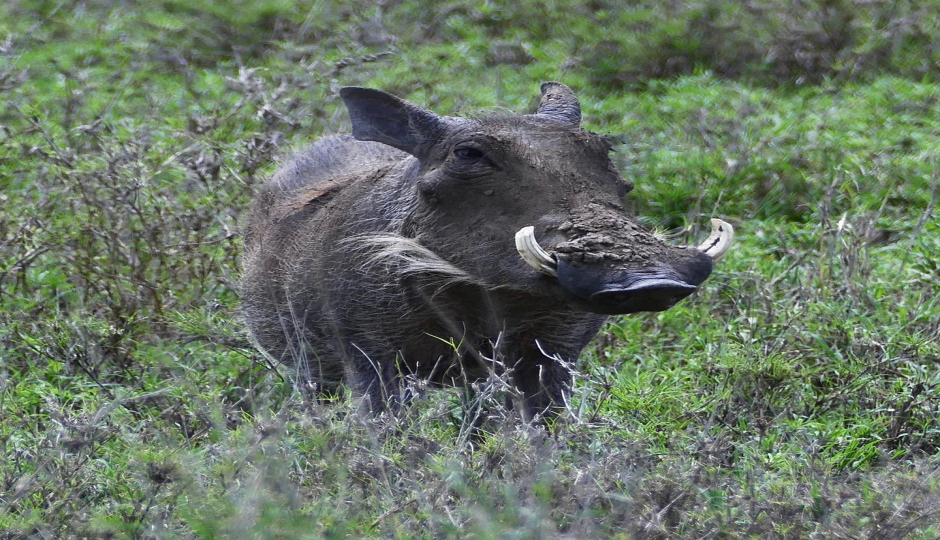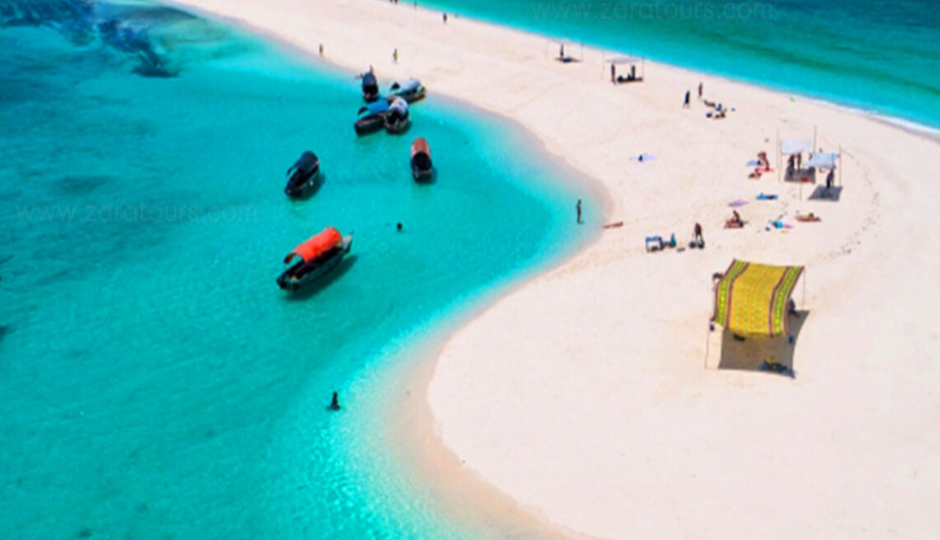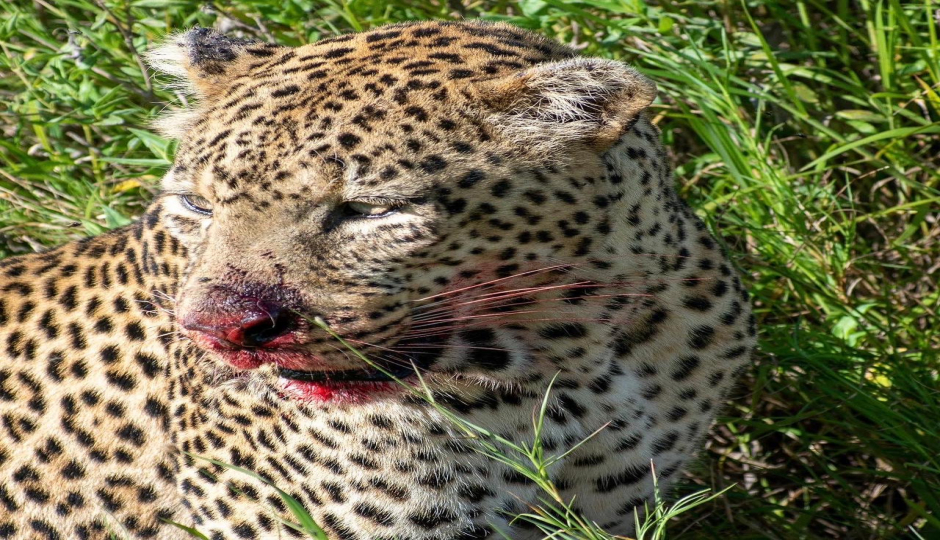Mount Kilimanjaro - The Roof of Africa
Mount Kilimanjaro, majestically rising above the plains of Tanzania, is not only the highest peak in Africa but also one of the world's most iconic and sought-after trekking destinations. Standing at 5,895 meters (19,341 feet) above sea level, Kilimanjaro's snow-capped summit, diverse ecosystems, and stunning landscapes attract adventurers from around the globe. Here is a detailed description of this awe-inspiring mountain
Geography and Features
1. Three Volcanic Cones
- Kibo: The highest and most famous cone, where the summit Uhuru Peak is located.
- Mawenzi: The rugged, second-highest peak, known for its challenging terrain and striking appearance
- Shira: The oldest and lowest cone, now a plateau, offering breathtaking views and diverse flora.
2. Ecological Zones
- Cultivation Zone: At the base, this zone is characterized by agricultural land and human settlements.
- Rainforest Zone: Lush and verdant, teeming with wildlife and dense vegetation.
- Heather and Moorland Zone: A transition zone with unique flora, including giant heathers and lobelias.
- Alpine Desert Zone: Harsh, cold, and windy with sparse vegetation and striking rock formations.
- Arctic Zone: The summit area, where temperatures plummet and glaciers dominate the landscape.
Kilimanjaro Climbing Routes
1. Machame Route
Known as the "Whiskey Route," it is popular for its scenic beauty and challenging terrain.
Typically takes 6-7 days, offering excellent acclimatization opportunities.
2. Marangu Route
Dubbed the "Coca-Cola Route," it is the only route with hut accommodations.
Generally completed in 5-6 days, it is considered the easiest path but with lower summit success rates.
3. Lemosho Route
One of the longer routes, taking 7-8 days, it provides stunning vistas and lower crowd levels.
Known for its high success rate due to better acclimatization.
4. Rongai Route
Approaches from the north and is less trafficked, offering a different perspective of the mountain.
Typically takes 6-7 days, it is relatively easier but still demanding.
5. Northern Circuit Route
The longest route, taking 9-10 days, it offers unparalleled acclimatization and scenic variety.
Known for its high success rate and fewer trekkers.
Flora and Fauna
Wildlife: Elephants, buffaloes, leopards, colobus monkeys, and various bird species inhabit the lower slopes.
Flora: Unique plant species adapted to the varying climatic zones, including the giant groundsels and lobelias in the moorland.
Cultural and Historical Significance
- Chagga People: The indigenous Chagga people reside on the mountain's lower slopes, practicing agriculture and preserving rich cultural traditions.
- Historical Expeditions: The first recorded summit was in 1889 by German geographer Hans Meyer and Austrian mountaineer Ludwig Purtscheller.
Challenges and Rewards
- Altitude Sickness: A significant challenge due to the rapid ascent and high altitudes. Proper acclimatization is crucial.
- Physical and Mental Demands: Climbing Kilimanjaro requires stamina, determination, and mental resilience, especially on the final summit push.
Mount Kilimanjaro stands as a testament to the awe-inspiring beauty and diverse ecosystems that Africa has to offer. Whether you are drawn by the allure of its snow-capped peak, the thrill of its challenging ascent, or the rich cultural experiences along the way, Kilimanjaro provides an unforgettable adventure that captivates the hearts and minds of all who dare to climb it. With proper preparation, respect for the mountain's power, and a spirit of adventure, summiting Kilimanjaro can be one of life's most rewarding achievements.
At Lindo Travel & Tours, climbing Mount Kilimanjaro is more than just an expedition—it's a life-changing experience. Our seasoned guides, who have summited the mountain countless times, will lead you safely through its breathtaking landscapes, from lush rainforests to the majestic, snow-capped peak. We take pride in offering comprehensive support, from expert advice on preparation to personalized itineraries that suit your pace and preferences. As a fully registered company, we prioritize your peace of mind with secure online payment options, making it easy and convenient to book your adventure. Trust Lindo Travel & Tours to guide you on this iconic journey, where every detail is handled with care.
